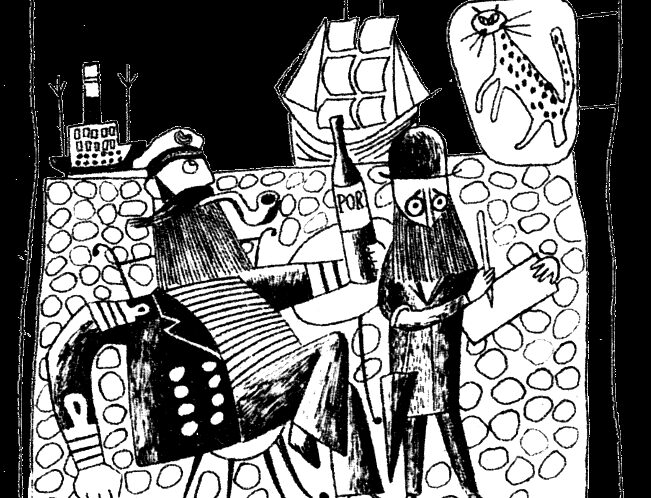
An Arabian legend tells the tale of goats grazing in Abyssinia. One day, the herd began to stubbornly nibble at the dry leaves and berries of a certain kind of bush that was unfamiliar to their shepherds. In the evening, they were exceptionally excited when they came back to their enclosure, virtually in a crazed state.
This happened again and again whenever the animals grazed among the same bushes. One shepherd, concerned for the wellbeing of the livestock under his care, told the owners (who were monks) about what was happening. The foresighted monks cooked up a brew from the berries he brought them, and noticing that the health of the goats had not suffered, they tried the drink themselves. They concluded that they and the goats had discovered an excellent remedy against sleepiness. The pious prior of the monastery immediately harnessed this property of the herb for the good of the faith, ordering that the drink be given to monks who were assigned to stay on vigil all night, praying in the monastery.
The Arabs named the plant qahwa. The brew made from it contains between 0.7% to 1.9% alkaloid caffeine, a narcotic that stimulates the nervous system and boosts heart function. The joint discovery of goats and monks soon not only became the favorite drink of Arabs and Turks, but also an extraordinarily valuable commodity, which spread via caravan routes from Abyssinia to Mecca, to Medina, and onward to Constantinople. Already then, its popularity gave rise to numerous coffeehouses in Abyssinia and Arabia. The Turks Hakam and Shams opened the first café in Constantinople in 1352.
Turkey
The new drug, cof








